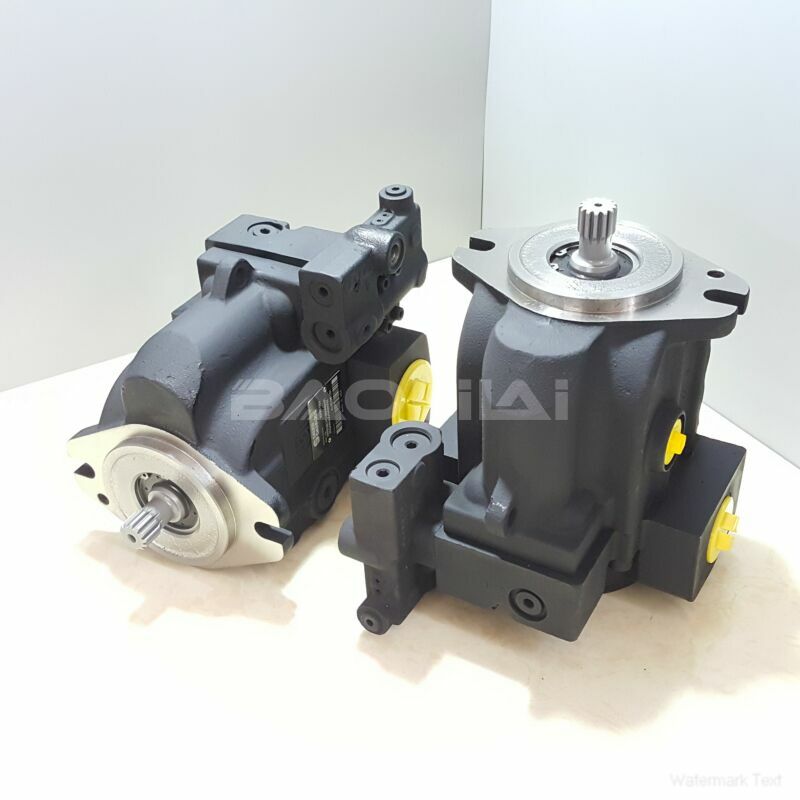LRL025CLS2120NNN3C2NFA6NPLBNNNNNN hydraulic pump
LRL025CLS2120NNN3C2NFA6NPLBNNNNNN hydraulic pump

- Product Details
- Applicable Scene
In today’s industrial landscape, safety is of paramount importance, especially in high-risk environments such as construction sites, mining operations, and offshore drilling platforms. The use of hydraulic systems in these settings is crucial for efficiency and functionality, but they also bring unique challenges that can compromise safety if not properly managed. Danfoss hydraulic pumps, known for their reliability and advanced technology, play a significant role in enhancing safety protocols in such high-risk environments.
LR-L-025C-LS-21-20-NN-N-3-C2NF-A6N-PLB-NNN-NNN
LRL025CLS2120NNN3C2NFA6NPLBNNNNNN
One of the key features of Danfoss hydraulic pumps is their precision and control. In high-pressure applications, even the slightest inefficiency can lead to catastrophic failures. Danfoss pumps are engineered to provide consistent performance, minimizing the risk of system overloads and subsequent accidents. With their advanced pressure and flow control capabilities, operators can ensure that machinery operates within safe limits, reducing the likelihood of equipment malfunctions.

7005520S
Moreover, Danfoss hydraulic pumps are designed with durability in mind. In harsh environments, exposure to extreme temperatures, dust, and moisture can weaken equipment and lead to failures. Danfoss’s commitment to high-quality materials and manufacturing processes ensures that their pumps can withstand these challenges, thereby reducing maintenance needs and the associated risks of unscheduled downtime. Regular maintenance is essential in high-risk settings, and the reliability of Danfoss pumps allows for better planning and reduced safety hazards associated with equipment failures.
Another important aspect of enhancing safety protocols is the integration of advanced technology. Danfoss hydraulic pumps can be outfitted with IoT sensors that provide real-time data on system performance, including pressure, temperature, and flow rates. This data can be continuously monitored and analyzed, allowing for predictive maintenance and early detection of potential issues that could lead to safety incidents. By addressing these concerns proactively, companies can mitigate risks before they escalate into dangerous situations.





